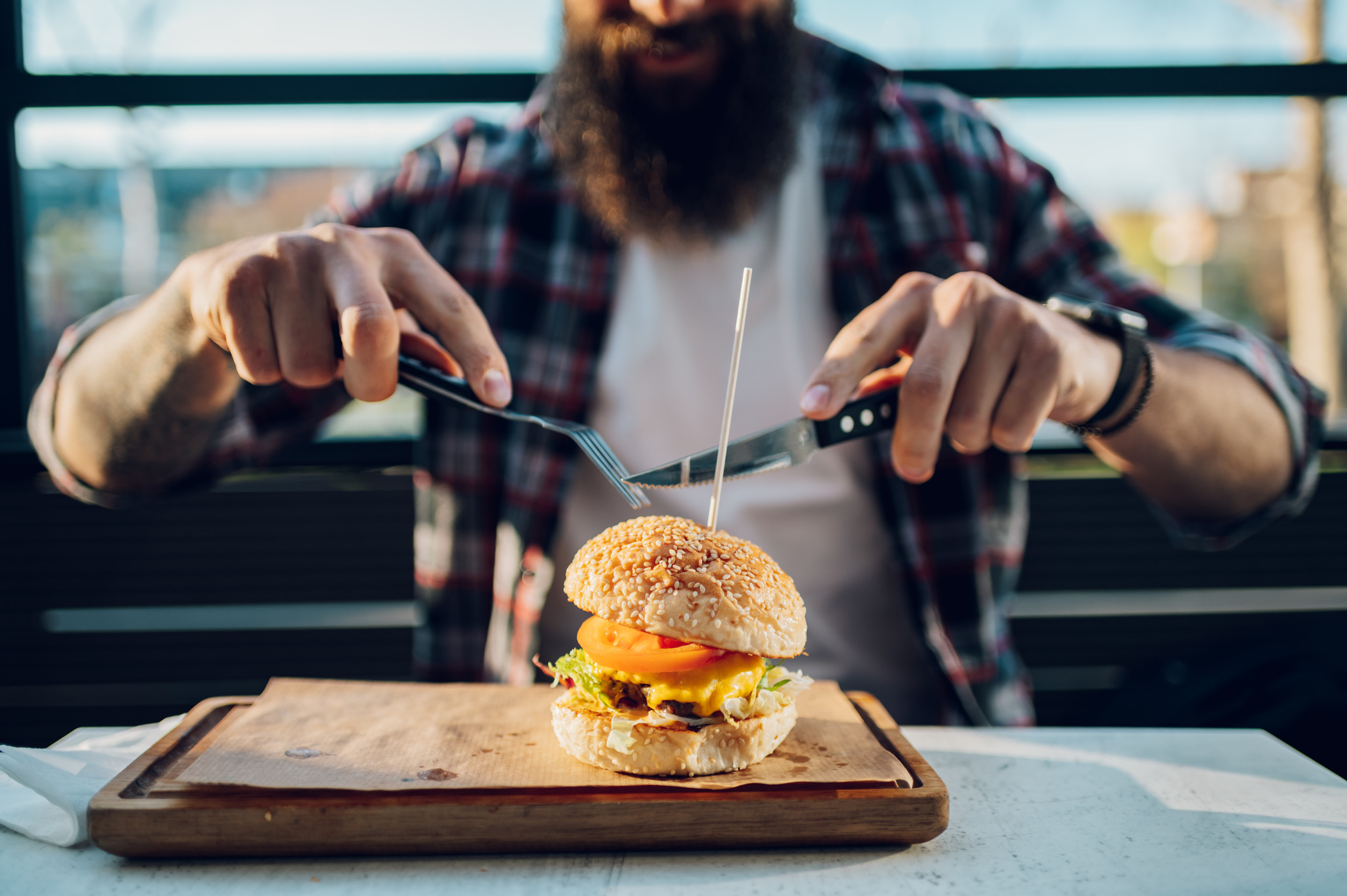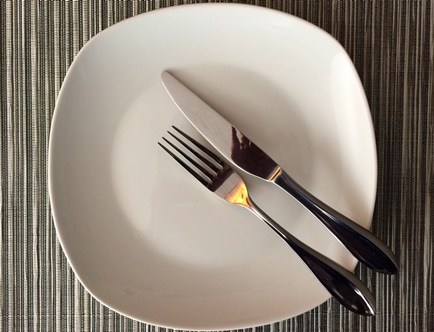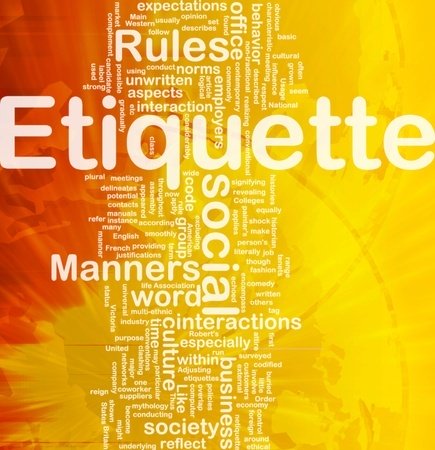Fork Food or Finger Food? Making
the Etiquette-ful Decision
 Image Source: Marko Ristic; "Attractive hipster dressed in checkered shirt eating a vegan burger in a restaurant.", 2025. Accessed via https://www.123RF.com/photo_196545105, Standard License.
Image Source: Marko Ristic; "Attractive hipster dressed in checkered shirt eating a vegan burger in a restaurant.", 2025. Accessed via https://www.123RF.com/photo_196545105, Standard License.Picture this: you're at an elegant dinner party, and the server places a beautiful plate of bacon-wrapped asparagus in front of you. Your instinct says "finger food," but the formal setting whispers "use your fork." This dining dilemma affects even the most well-mannered among us, making us wonder if we should reach for the platter or reach for utensils.
The Golden Rules of Fork vs. Finger Etiquette
Understanding proper dining etiquette isn't about rigid rules—it's about reading the room and making choices that respect both yourself and your dining companions. The fundamental question, "Should I eat this with my fork or my fingers?" has a surprisingly nuanced answer that depends on several key factors.
Context is everything. In casual settings like backyard barbecues, food trucks, or picnics, finger foods are not only acceptable but expected. However, fine dining restaurants, formal dinner parties, and special events like weddings call for more refined approaches. When in doubt, observe your host or fellow diners for social cues.
Consider the mess factor. Foods that are naturally greasy, saucy, or prone to dripping should generally be approached with utensils, regardless of tradition. That juicy burger loaded with bacon and special sauce? It's transformed from finger food to fork food the moment it threatens to create chaos on your plate—or worse, your outfit.
The Consistency Principle
Here's a professional etiquette tip that many people overlook: maintain consistency throughout your meal. If your main course requires a fork and knife, extend that same approach to your side dishes. Eating a loaded chili burger with utensils while grabbing french fries with your fingers creates an awkward dining experience. This consistency rule applies to shared meals as well—when dining family-style, follow the lead of the most formal approach at the table.
When Finger Foods Require Forks
Several beloved finger foods occasionally demand a more sophisticated approach:
- Pizza becomes a fork food when it's overloaded with toppings that slide off with each bite, when it's too hot to handle safely, or when you're in an upscale restaurant where pizza is served as a gourmet entrée rather than casual fare.
- Vegetables like asparagus spears, whole green beans, or breaded zucchini sticks transition to fork foods in formal environments, when they're overcooked and likely to fall apart, or when they're dressed in rich sauces that would make finger-eating messy.
- Chicken wings might require utensils at business dinners or formal events, even though they're traditionally finger foods. The key is preserving your professional image while enjoying your meal.
- Sandwiches and wraps need utensils when they're overstuffed, served open-faced, or when the filling-to-bread ratio makes handheld eating impractical.
Temperature and Timing Considerations
Don't overlook practical factors like temperature. Foods that are too hot to handle comfortably should be approached with utensils until they cool to a manageable temperature. Similarly, foods that have been sitting and may have become soggy or unstable are better eaten with forks to prevent embarrassing mishaps.
Mastering Considerate Finger Food Etiquette
When finger foods are appropriate, follow these essential guidelines to maintain proper etiquette:
- Practice the "bite and rest" technique. Take your bite, then place the remaining food back on your plate while chewing. Avoid gesturing with food in your hand—it's distracting and potentially messy.
- Keep your napkin strategic. Whether in your lap or nearby, your napkin should be your constant companion for frequent hand and mouth cleaning. This is especially crucial with greasy or sticky foods.
- Master the individual portion rule. For shared dips, sauces, or condiments, always transfer an appropriate amount to your personal plate. This prevents double-dipping and maintains hygiene standards that benefit everyone at the table.
- Cut strategically. Large items like burgers should be quartered for easier handling, while thick sandwiches benefit from being halved. Smaller, manageable pieces are easier to eat gracefully and help prevent filling from escaping.
Reading Social Cues
The most sophisticated diners know that etiquette isn't necessarily about memorizing rules—it's about adapting to situations with grace and consideration. Watch your dining companions, consider your environment, and choose the approach that feels most appropriate for the setting.
When facing the fork-versus-fingers dilemma, remember that efficiency and cleanliness should guide your decision, filtered through the lens of your dining environment's formality level. The goal is to enjoy your meal while showing respect for those around you.
By mastering these principles, you'll navigate any dining situation with confidence, whether you're tackling street tacos at a food festival or enjoying a seven-course tasting menu at a Michelin-starred restaurant.














